PART IV. Die Errors:
Die Deterioration / Deformation Errors:
Progressive Indirect Design Transfer
Definition: This is a lesser known form of die deterioration which transfers design outlines from one die to the other. Since there are many types of design transfer (clashed dies, brockages, etc.), it is preferable to call this type of design transfer “Progressive Indirect Design Transfer” or “PIDT”. Other synonyms you’re likely to encounter are “heavy design transfer”, “internal metal displacement phenomenon (IMDP), and “ghosting”.
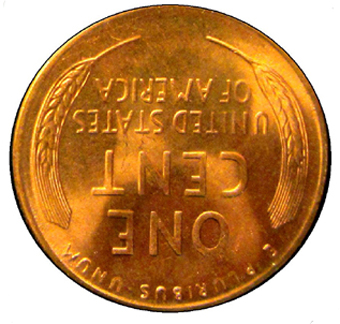
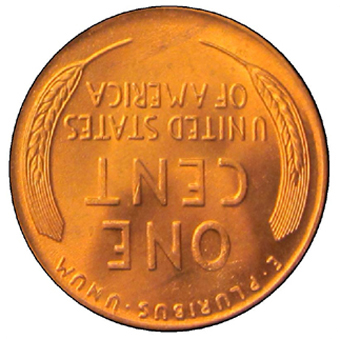
The image to the top left shows the reverse of a 1946-S Lincoln cent while the image to the top right shows the reverse of a 1948-S Lincoln cent. Both show a vague outline of Lincoln’s bust. Both of these years produced this type of design transfer in abundance.
The cause of PIDT is straightforward. When the hammer die (obverse die) strikes the planchet, the force of the strike is transferred into and through the planchet and onto the opposing die (reverse or anvil die). Since the dies are slightly convex, the strongest force felt on the planchet is in the center of that planchet. However, in the case of the Lincoln cent, the center of the obverse die is incuse, so the area on the obverse die that experiences the first and strongest force is the field area immediately adjacent to Lincoln’s bust. Each strike transmits part of the force onto the opposing die. The area that transfers the most force onto the reverse die is the outline of Lincoln’s bust. This transferred force produces uneven metal flow in the reverse die, gradually creating a “ghost” image of Lincoln.
Since coins that are in a Late Die State (LDS) develop this trait, it is considered a form of die deterioration.
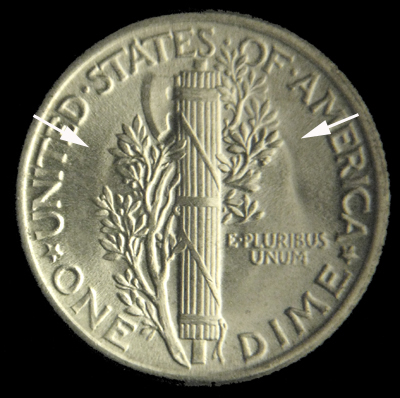
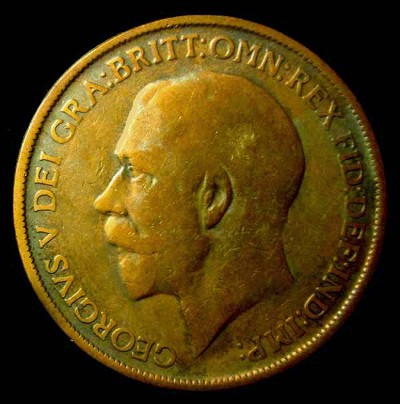
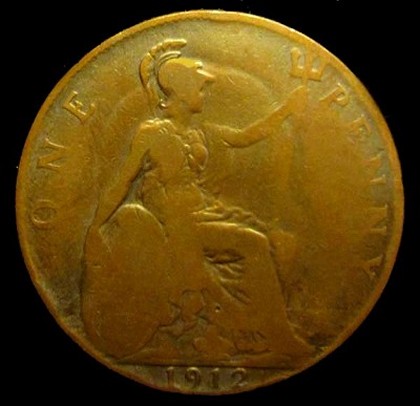
The 1912 English One Penny shown above displays a strong case of Progressive Indirect Design Transfer. The outline of King George V can be seen surrounding Britannia on the reverse of the coin.